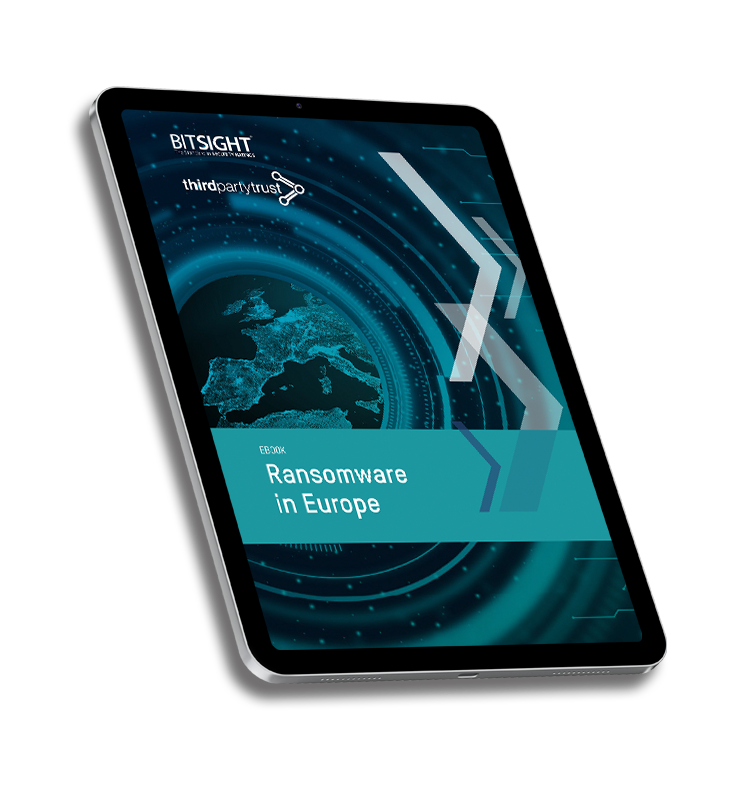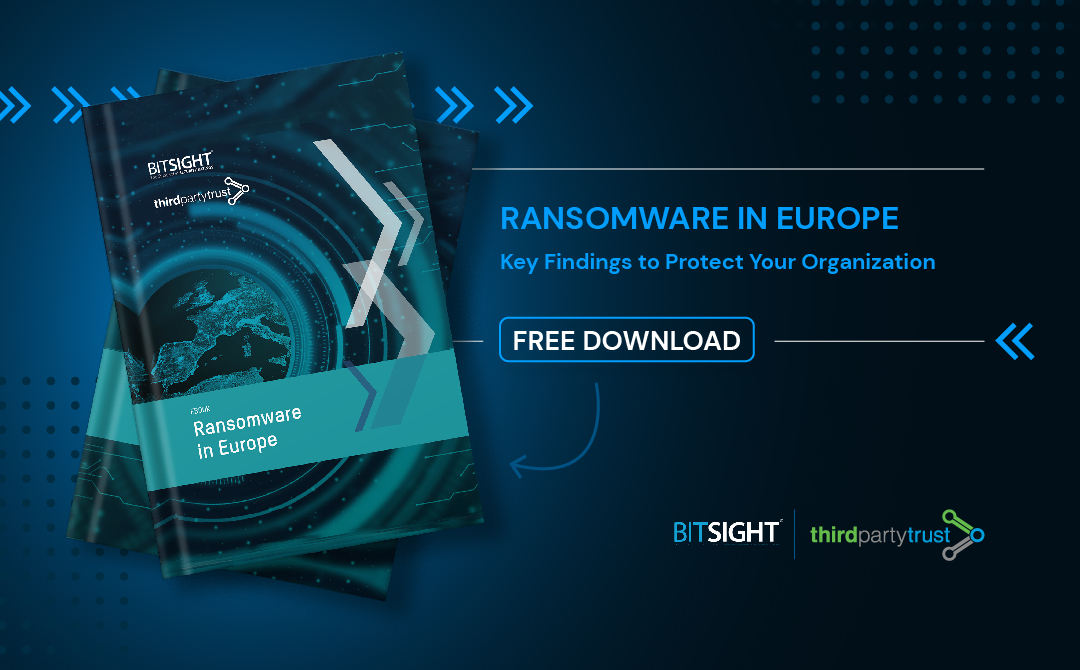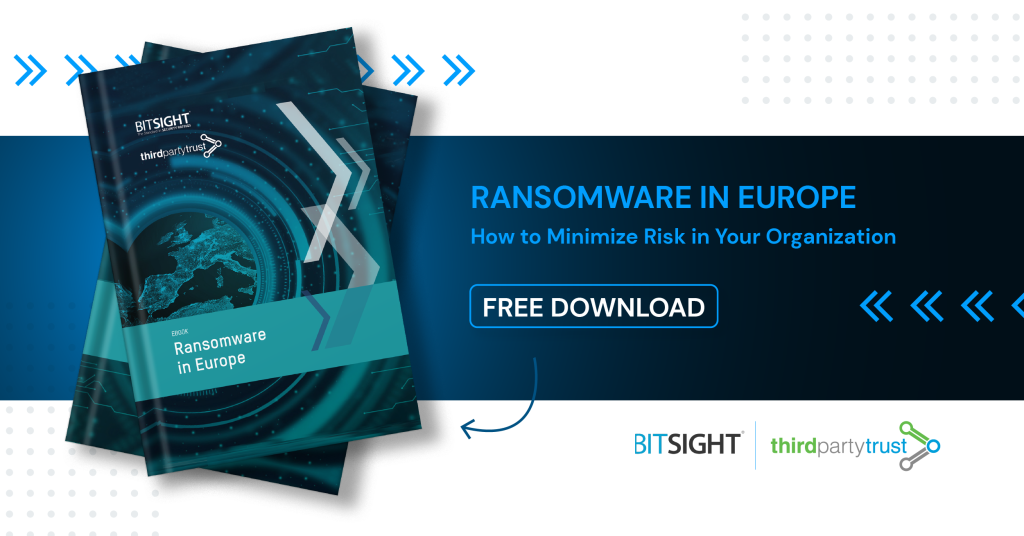State of Ransomware in Europe: RaaS and Multiple Extortion Schemes
In Europe, ransomware ranks as a top threat. Attackers keep developing more sophisticated, complex, and impactful schemes.
Without surprise, supply-chains attacks rank highly among prime threats because of the significant potential they have in inducing catastrophic cascading effects —think of Kaseya or SolarWinds. Apart from receiving ransom payments, cybercriminals also seek to gain access to high-value data, and the possibility to extort third parties to expand their reach.
In addition, threat actors adopt new trends, such as Ransomware as a Service (RaaS)-type business models, and multiple extortion schemes.
To better understand the impact of ransomware in Europe, BitSight and ThirdPartyTrust teamed up to analyze hundreds of attacks over the last three years to provide key findings for the region. Our research report, which is available for free download, provides local findings that will help your organization avoid future incidents.
While no region is off-limits, Europe is especially targeted because its organizations are increasingly shifting traditional infrastructures to online solutions, accelerating digital transformation, and unwittingly expanding the possibility to exploit vulnerabilities in emerging technologies.
However, our research found that certain security program practices may be critical to reduce the likelihood of experiencing a ransomware incident. We also identified which vulnerabilities are closely tied with ransomware campaigns.
The analysis includes:
- Likelihood of ransomware based on overall security performance
- How patching cadence impacts ransomware risk
- Specific vulnerabilities tied to ransomware risk
- Certificate and configuration management tied to ransomware risk
How To Stay Ahead of Ransomware
Ransomware and other threats will keep growing as European organizations continue to digitize, automate, and integrate their systems, which means you must take precautions and keep upgrading systems.
Read More: 10 CISO Tips to to Prevent, Detect, Contain, and Respond to Ransomware Attacks
Cybersecurity is not a one-and-done effort, but a day-to-day risk management. Cyber hygiene best practices also need to extend to your vendors, partners, suppliers, and any third-party member of your network.
Cybercriminals are often able to find and attack the least secure business in the supply chain and use that foothold to gradually compromise their partners. Having tools that provide deep insight into the risks and security performance of every member of your supply chain is critical.
ThirdPartyTrust can help by providing a one pane of glass risk dashboard, with end-to-end vendor risk assessment automation for making informed decisions about vendors, and continuously monitoring their security posture.
Let us show you how ThirdPartyTrust can help you control ransomware and other risks across your third party supply chain. Talk to an expert today.

The Impact of Ransomware in Europe
Our research report contains key findings for the European region, so that your organization can avoid future ransomware incidents.
You will learn: which vulnerabilities are closely tied with ransomware campaigns, how to prevent them, and how can security professionals like you stay ahead.





